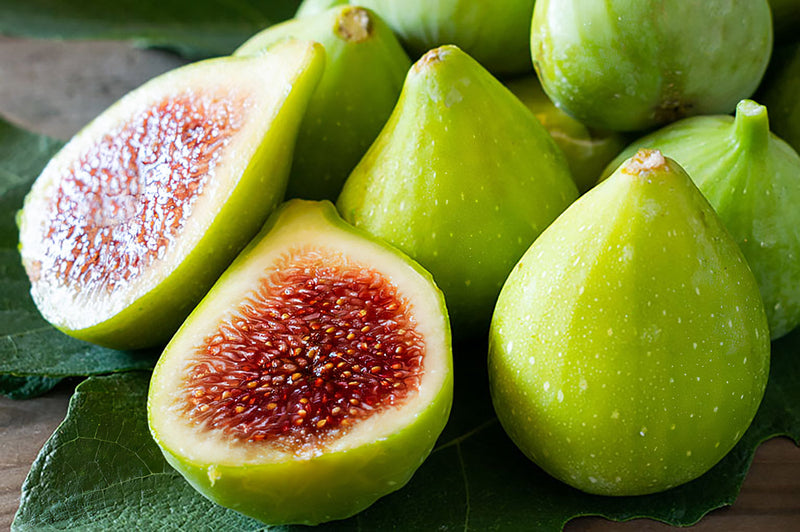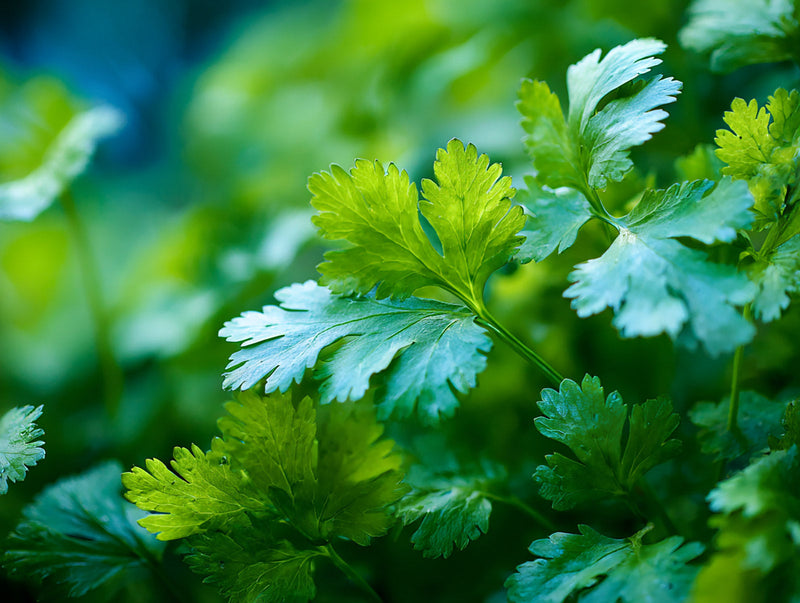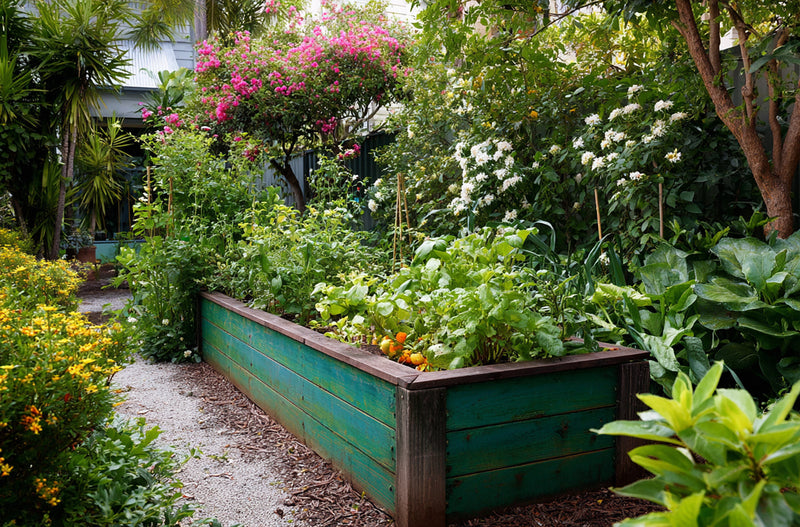

How to grow coriander
Coriander (or cilantro) is one herb that really causes a stir: you either love it or hate it. If you're a fan, you'll be interested to know that you can eat every single part of the plant – with the seeds, leaves and roots all having a different flavour. So how do you grow coriander at home? It's easy!

How to grow coriander from seed
The coriander plant is best grown from seed, and if you let some plants go to seed you will find it coming up next year on its own. Coriander is an annual, so it will die down at the end of summer.
If you live in the warm or temperate zones of Australia, you can grow coriander during the cooler months around the middle of the year. If you live in the cool zone, grow it in spring when the soil is warmer.
So how do you do it? Simply sow seeds into loose friable soil, with a light covering of coarse sand. Keep moist until the seeds sprout, and then water regularly.

How to keep your coriander thriving
Coriander prefers heat and sun, compost-rich soil and regular watering. Many people get frustrated when coriander goes to seed. In a warm climate, you can reduce the risk of coriander bolting to seed if it's kept shaded from the hot afternoon sun.
There are 'slow bolting' seed and seedling varieties, but growing from seed produces a more productive and healthy crop.
When to harvest coriander
You can harvest the leaves at any stage, which will trigger a more vigorous plant. If the leaves start to dry and die off, just let the flowers go to seed and then harvest them for cooking.
Pull up the plants, let them fully dry out on paper or in a paper bag, then separate them from the flowers by rubbing them together. You will end up with fabulous fresh coriander seeds! Keep some for next year's planting and grind what's left for curry paste!

Pope's DIY tip: Install Drip Eze under your coriander plants. It gets the right amount of water right to the roots, so less evaporates on hot days.
